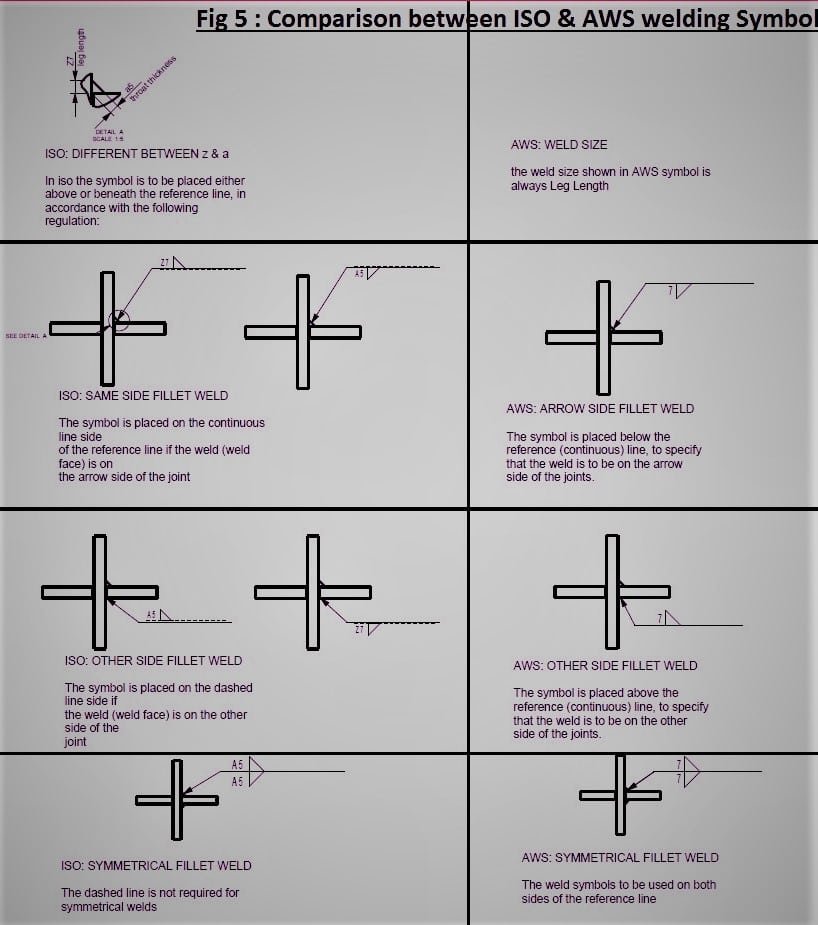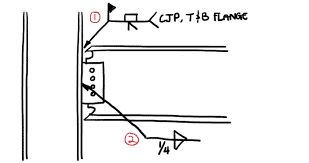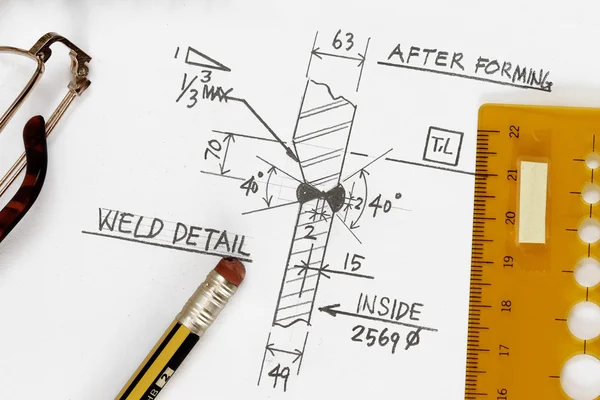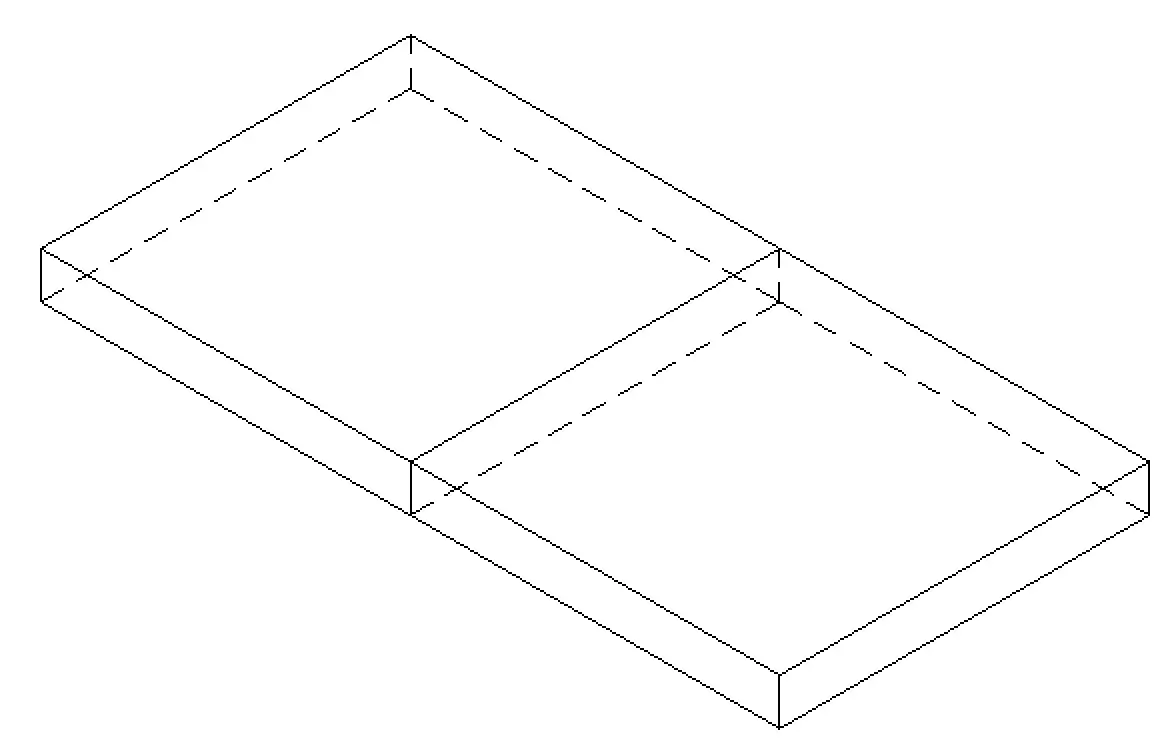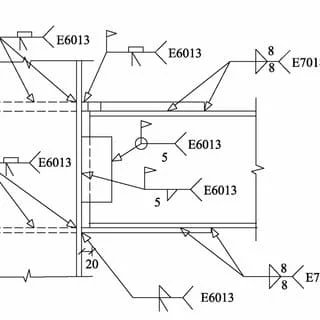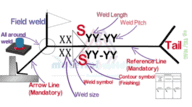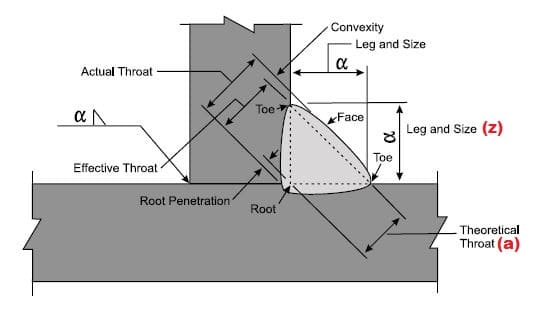Welding symbols: ISO 2553 or AWS D1.1? where is the difference?
Welding symbols are a visual representation of the welding process. There are two main types of welding symbols ISO 2553 and AWS D1.1.
The main difference between these two types of welding symbols is the way in which the welds are represented.
While both sets of symbols are used to indicate the same basic information, there are some key differences between them.
ISO 2553 welding symbols are mainly used in Europe, while AWS D1.1 welding symbols are more common in North America.
One of the biggest differences between the two symbol sets is that ISO 2553 uses European Union (EU) measurements, while AWS D1.1 uses American units.
This can cause confusion for welders who are used to one set of symbols but have to work with projects that use the other symbol set.
ISO 2553 vs. AWS D1.1 Welding Symbols: What’s the Difference?
You have noticed the welding symbols on fabrication drawing and surely came through two different welding symbols standards as:
- ANSI/ AWS A2.4: Symbols for Welding and Nondestructive Testing
- ISO 2553: Welding and allied processes- Symbolic representation on drawings- Welded joints
Above these are two welding symbol standards used around the world. The first one, AWS A2.4 used in Pacific Region- mainly in the USA, Gulf countries, and in many Asian industries.
The second one is ISO 2553:2019 used mainly in the UK/ EU, Australia, and many other fabrication companies in Asia that are working with EN/ ISO standards such as ISO 3834, EN 15085, EN 1090, etc.
1. In ISO 2553, the fillet weld sizes are displayed by Throat Size, ‘a’ (in millimeters), and the weld is placed on the arrow line side. The weld symbol is placed above the reference line.
In AWS A2.4, this is the opposite. To show the weld on the arrow side, the weld symbol is placed below the reference line according to the AWS A2.4 standard.
In the below figure, you can see the difference in the welding symbol when showing the weld on the arrow side as per ISO 2553 and AWS A2.4 respectively.

2. Now, to represent the weld on other side, ISO 2553 uses a dashed line. If the weld symbol is placed on the dashed line, it means the weld will be on the other side of the arrow line.
Related reading: ISO 2553 Welding Symbols
Again, AWS A2.4 is the opposite of that. In AWS A2.4, the weld on the other side of the arrow line is placed above the reference line.
When the weld symbol is placed above the reference line, the welding will be on the other side as per AWS A2.4. Also, AWS A2.4 does not use any dashed line along with the reference line.

3. The fillet weld size in AWS A2.4 is represented by leg length ‘Z’ (in inches) and not by throat size ‘a’ (in mm) as the case in ISO 2553.
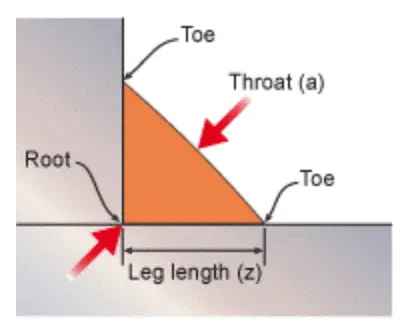
Also, Check out:
- How to calculate the minimum and maximum size of a fillet weld.
- What are the minimum and maximum sizes of a Tack Weld?
Continue reading……
Most companies use AWS standards, which stands for “American Welding Society” & ISO, which stands for “International Standards Organization”.
The standards for usage of Welding Symbols in:
1. AWS system is “AWS A2.4: Standard Symbols for Welding, Brazing and Non-Destructive Examination”.
2. ISO system is “ISO 2553: Welding and Allied Processes – Symbolic Representations on Drawings”.
The major difference between these two systems are:
1. ISO uses a dashed line, whereas AWS doesn’t use any dashed line.
2. The other side weld is represented on a dotted line in ISO 2553 while there is no dashed line, hence weld symbol placed above the reference line in the AWS welding symbol represents the weld on other side.
3. ISO 2553 uses throat size, a for fillet weld dimensions while AWS D1.1 uses Leg length, ‘z’ for fillet weld measurements.
4. AWS A2.4 uses dimensions in inches while ISO 2553 gives weld dimensions in millimeters.
Example of welding symbols:
a. Let’s take another example to understand the differences between these two international standards. The weld details below is having a single bevel groove and two fillet welds– one on the bevel side and the second on the other side.
According to ISO 2553, the bevel groove with the additional fillet weld is above the reference line and another side fillet weld is below the reference line. If we represent the same weld details using the weld symbol as per AWS A2.4, the welding symbol will be totally opposite as you can notice in the right-hand side weld details.
b. Another difference here is that the weld sizes are given in the ISO 2553 calls for ‘a5’ size throat size for the fillet weld while as per AWS A2.4, weld sizes are for 1/4-inch leg length (z) of the fillet.
c. Additionally, ISO 2553 mentions 135 (According to ISO 4063) in the tails which actually means Gas Metal Arc Welding with active gas i.e., MAG Welding while AWS A2.4 does not use any numbering system for welding process identification hence specified GMAW only.
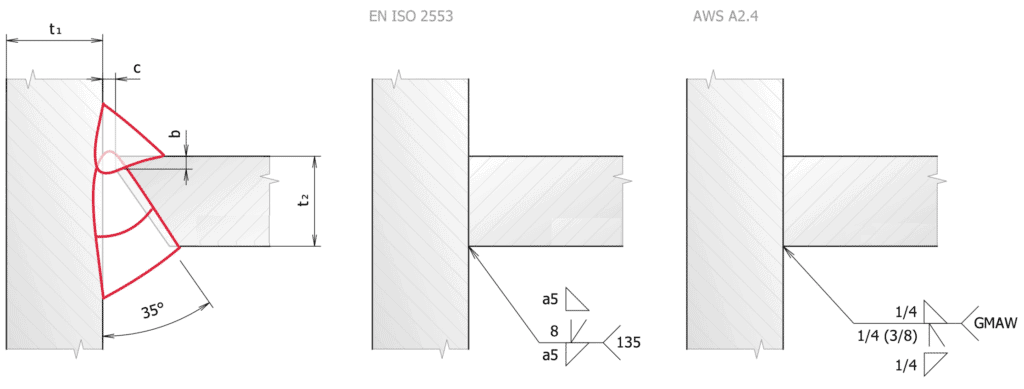
Watch this video on detailed training on Welding Symbols
Difference & Comparison of ISO 2553 & AWS D1.1 Supplementary Welding Symbols
There are significant differences between ISO 2553 and AWS A2.4 supplementary welding symbols. The main differences between the ISO 2553 and AWS A2.4 supplementary welding symbols are given in the below picture.
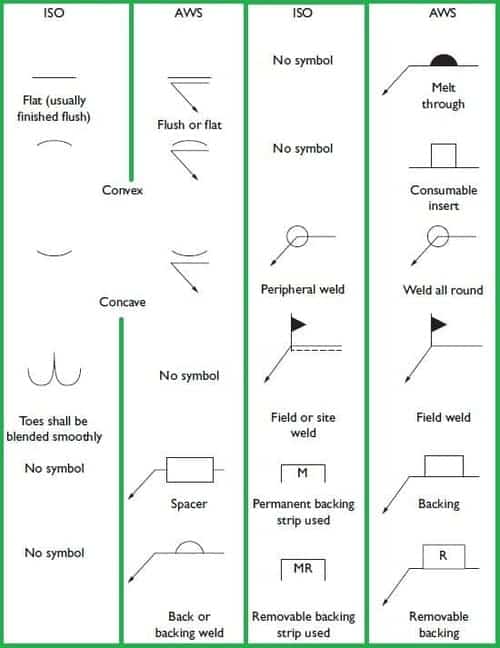
Comparison between ISO 2553 vs. AWS D1.1 Welding Symbol
